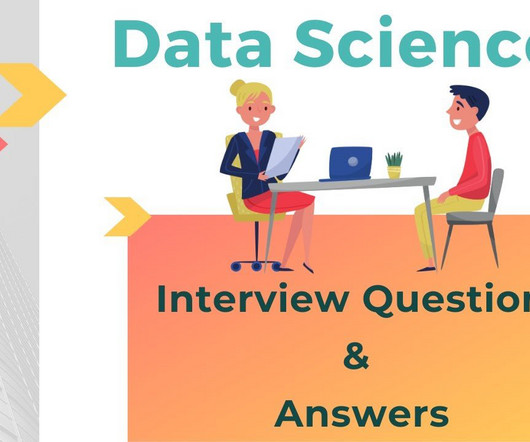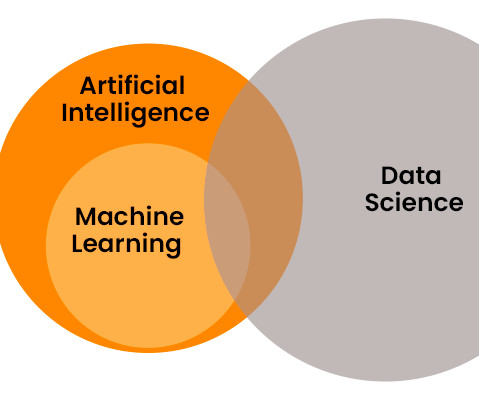Top 10 Data Science Interviews Questions and Expert Answers
Pickl AI
FEBRUARY 12, 2024
Machine Learning Algorithms Candidates should demonstrate proficiency in a variety of Machine Learning algorithms, including linear regression, logistic regression, decision trees, random forests, support vector machines, and neural networks. Here is a brief description of the same.












Let's personalize your content